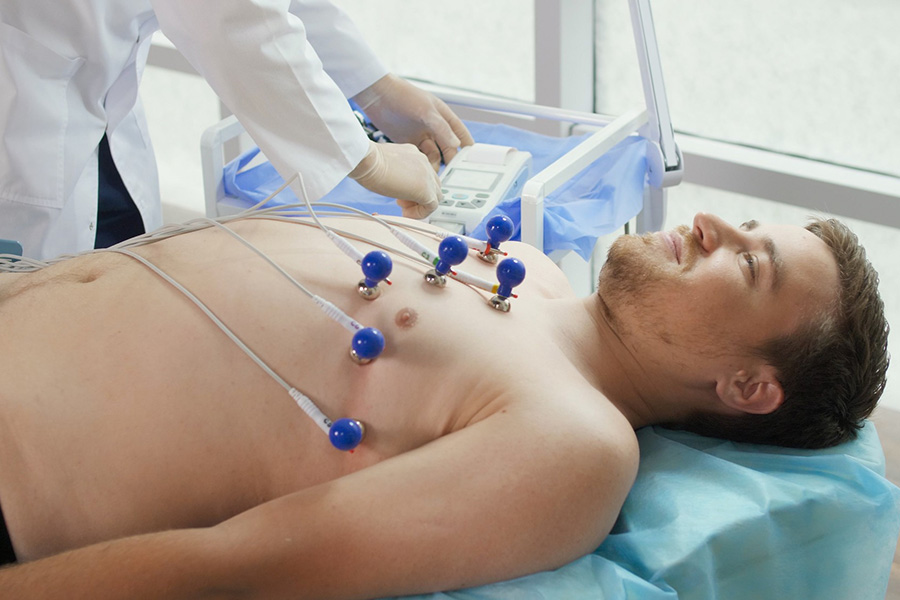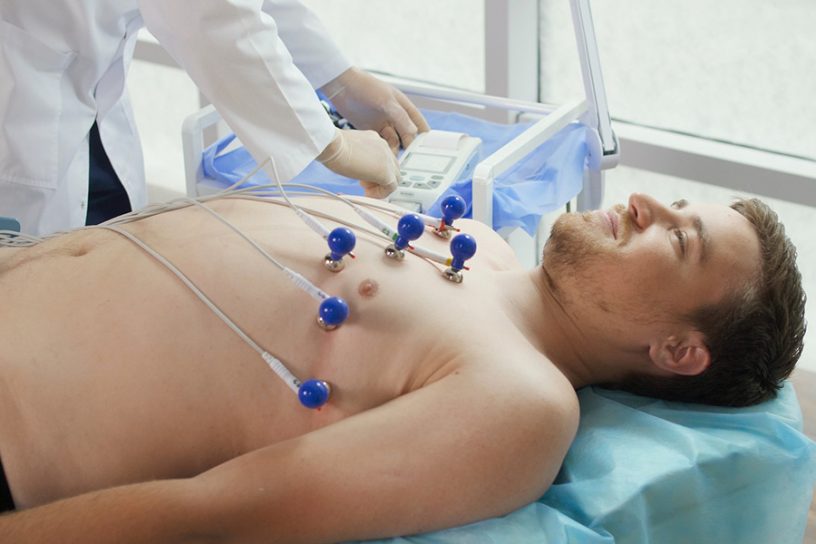
The findings indicate that tactile imagery training may serve as an alternate imagery strategy for improving reaction time without the need for physical practice.
Authors
Deepa Madathil, Associate Professor, Jindal Institute of Behavioural Sciences, O.P. Jindal Global University, Haryana, India.
Kishor Lakshminarayanan, Neuro-Rehabilitation Lab, Department of Sensors and Biomedical Engineering, School of Electronics Engineering, Vellore Institute of Technology, Vellore 632014, India.
Vadivelan Ramu, Neuro-Rehabilitation Lab, Department of Sensors and Biomedical Engineering, School of Electronics Engineering, Vellore Institute of Technology, Vellore 632014, India.
Janaane Rajendran, Neuro-Rehabilitation Lab, Department of Sensors and Biomedical Engineering, School of Electronics Engineering, Vellore Institute of Technology, Vellore 632014, India.
Kamala Prasanna Chandrasekaran, Neuro-Rehabilitation Lab, Department of Sensors and Biomedical Engineering, School of Electronics Engineering, Vellore Institute of Technology, Vellore 632014, India.
Rakshit Shah, Department of Chemical and Biomedical Engineering, Cleveland State University, Cleveland, OH 44115, USA.
Sohail R. Daulat, University of Arizona College of Medicine, Tucson, AZ 85724, USA.
Viashen Moodley, Arizona Center for Hand to Shoulder Surgery, Phoenix, AZ 85004, USA.
Summary
Background: Reaction time is an important measure of sensorimotor performance and coordination and has been shown to improve with training. Various training methods have been employed in the past to improve reaction time. Tactile imagery (TI) is a method of mentally simulating a tactile sensation and has been used in brain–computer interface applications. However, it is yet unknown whether TI can have a learning effect and improve reaction time.
Objective: The purpose of this study was to investigate the effect of TI on reaction time in healthy participants.
Methods: We examined the reaction time to vibratory stimuli before and after a TI training session in an experimental group and compared the change in reaction time post-training with pre-training in the experimental group as well as the reaction time in a control group. A follow-up evaluation of reaction time was also conducted.
Results: The results showed that TI training significantly improved reaction time after TI compared with before TI by approximately 25% (pre-TI right-hand mean ± SD: 456.62 ± 124.26 ms, pre-TI left-hand mean ± SD: 448.82 ± 124.50 ms, post-TI right-hand mean ± SD: 340.32 ± 65.59 ms, post-TI left-hand mean ± SD: 335.52 ± 59.01 ms). Furthermore, post-training reaction time showed significant reduction compared with the control group and the improved reaction time had a lasting effect even after four weeks post-training.
Conclusion: These findings indicate that TI training may serve as an alternate imagery strategy for improving reaction time without the need for physical practice.
Published in: Brain Sciences
To read the full article, please click here.


